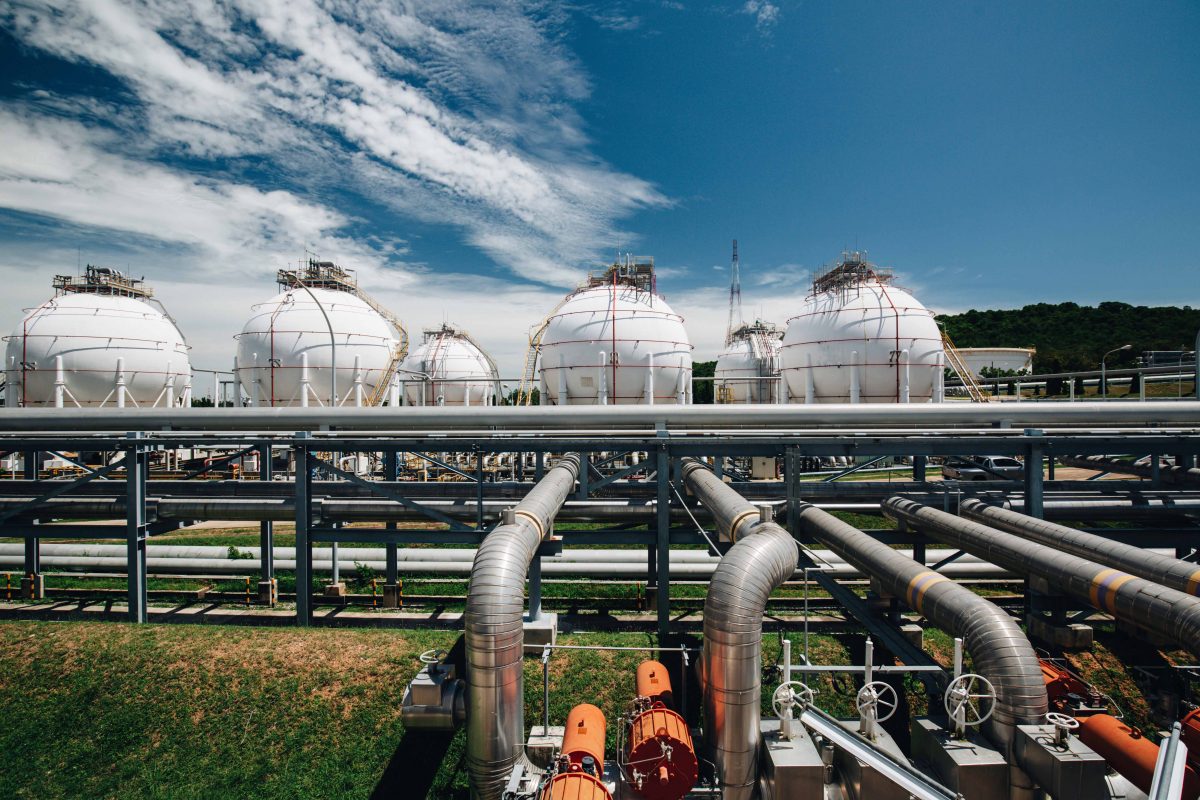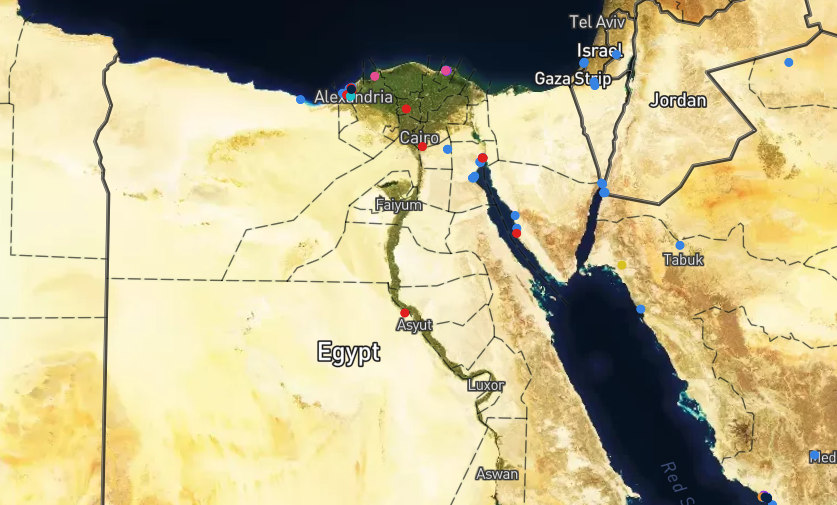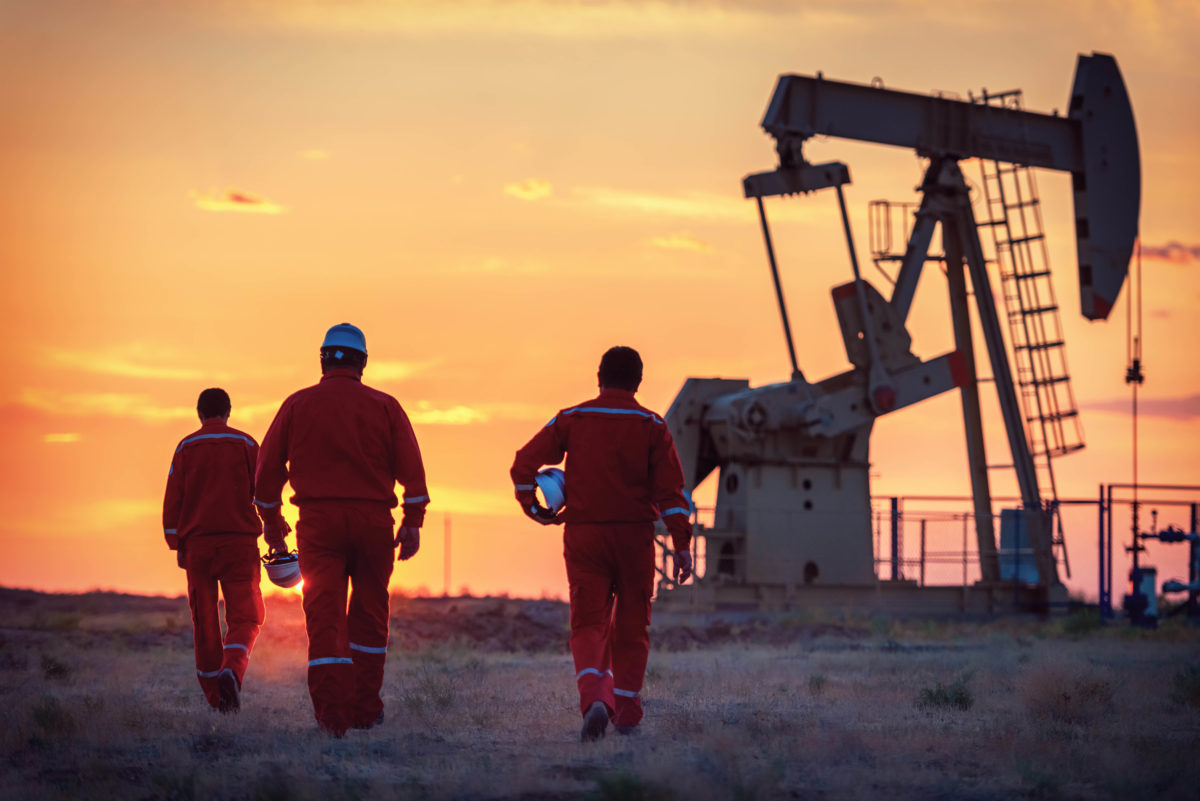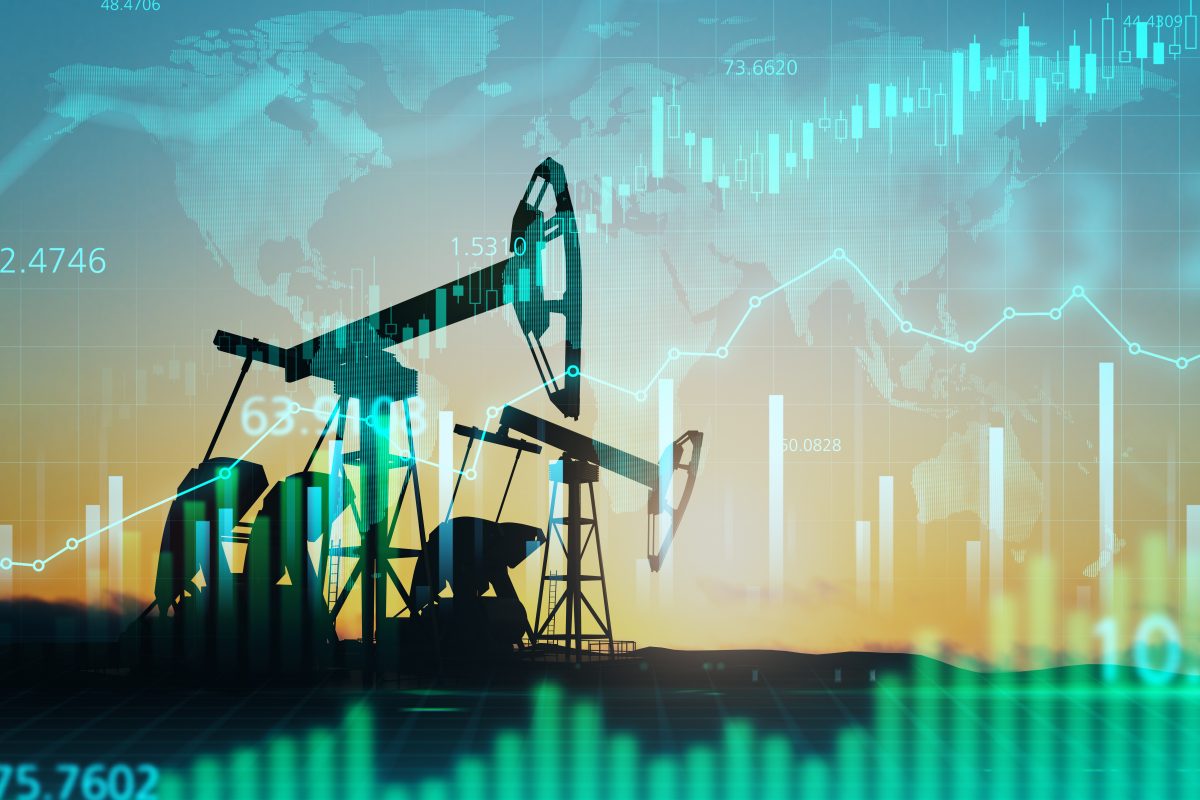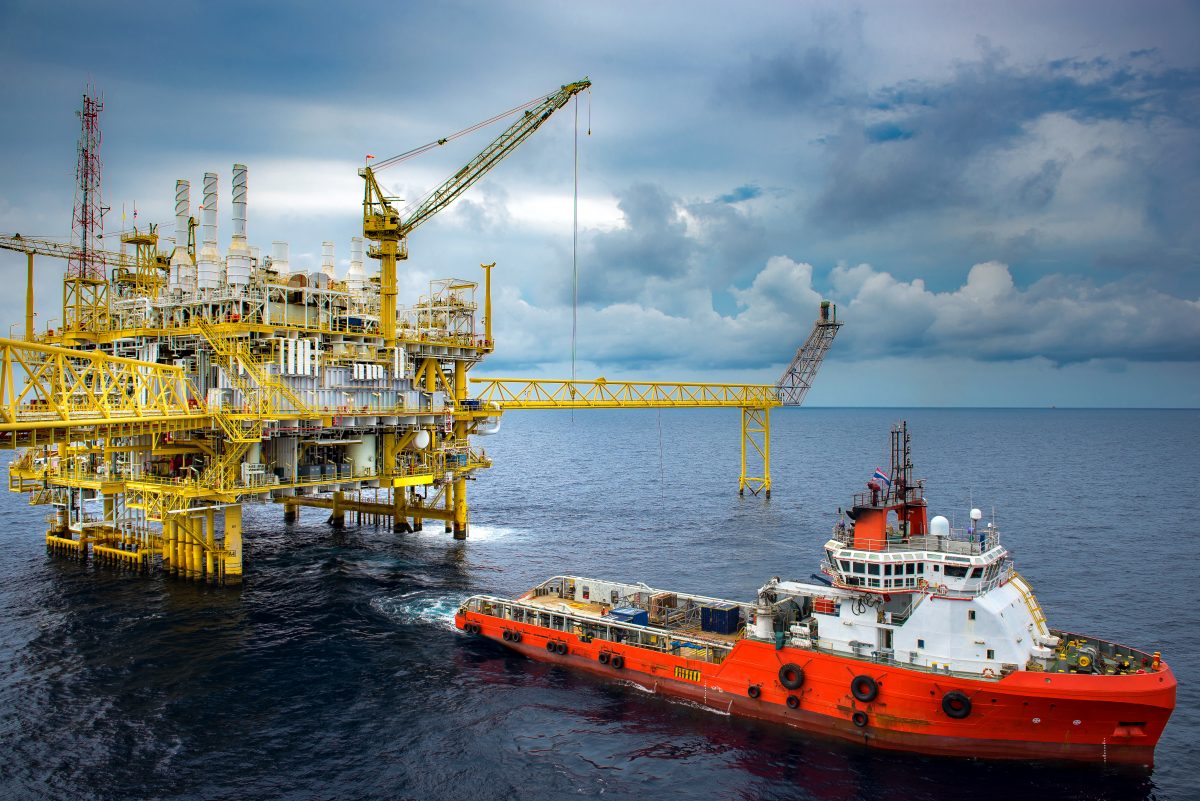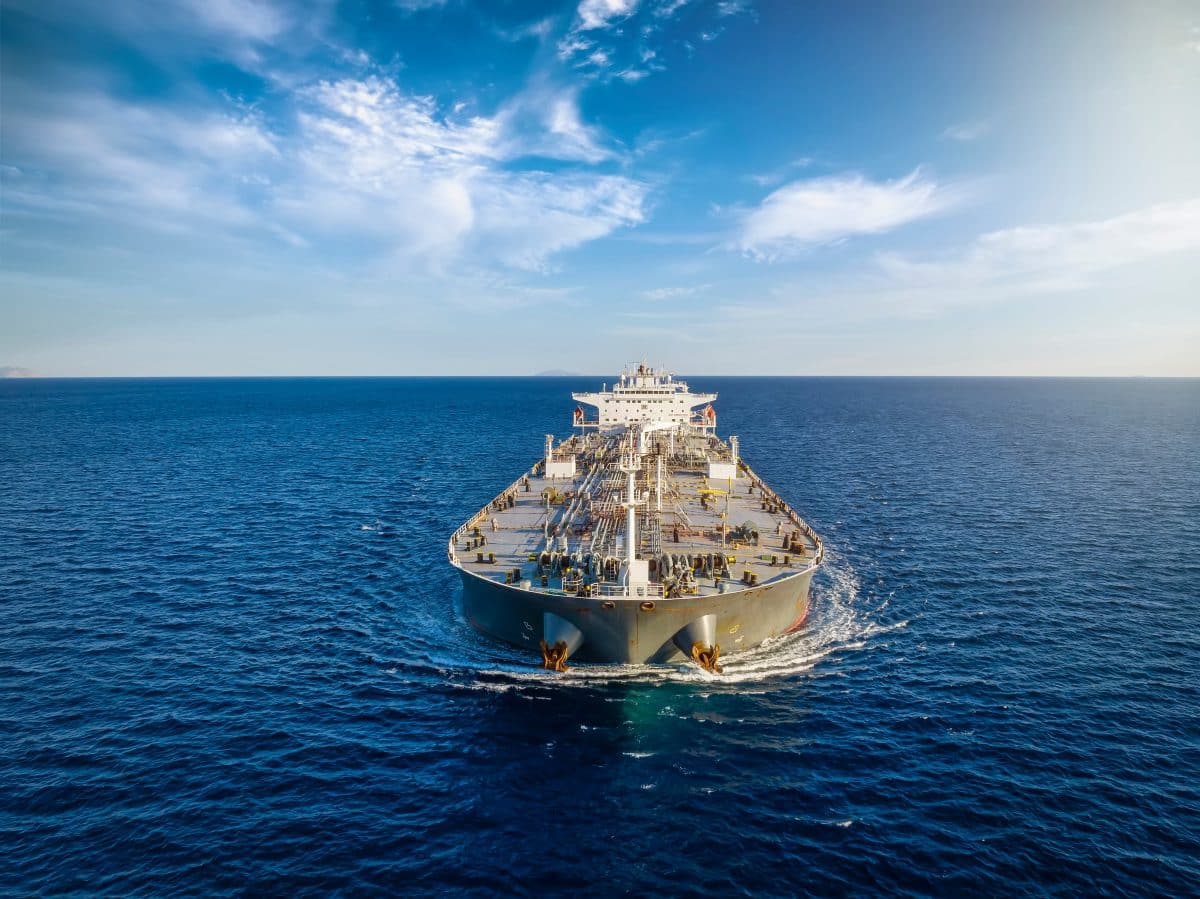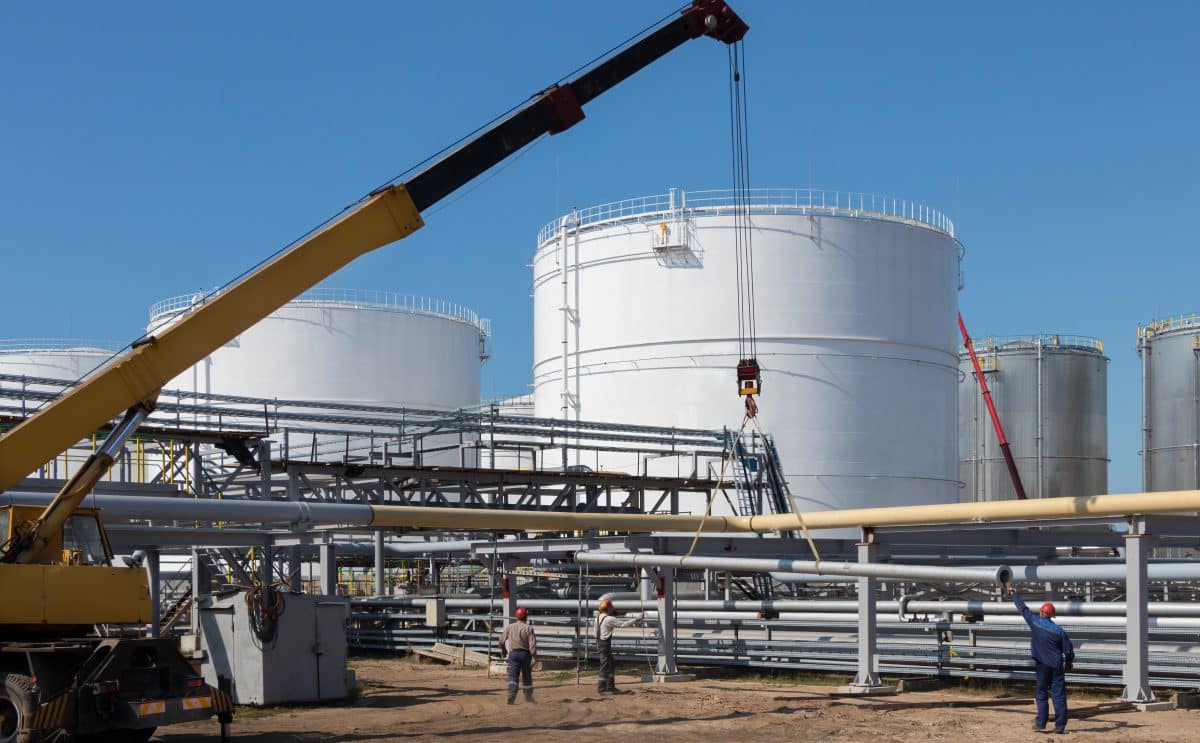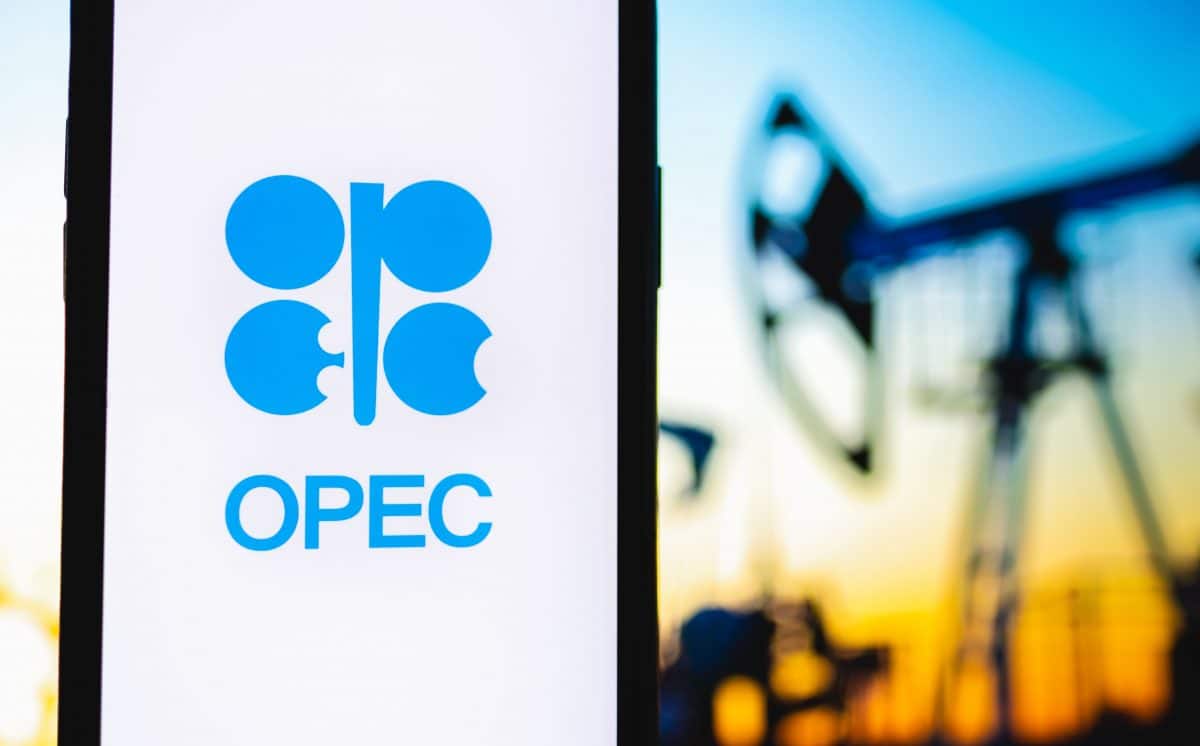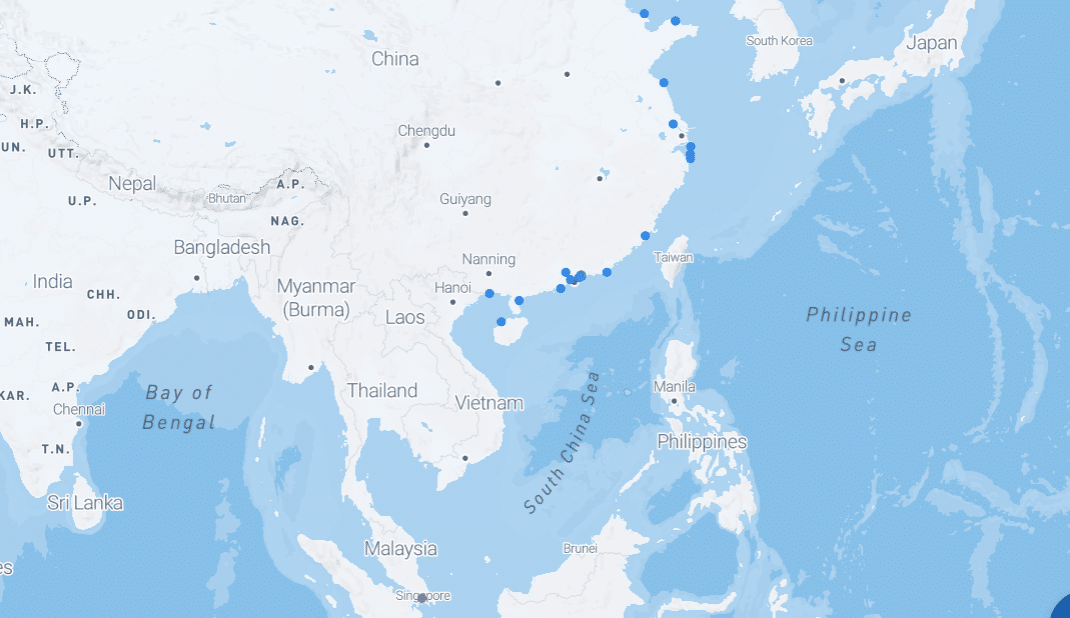The German Federal Government said 7 July that it passed a draft law that would enable modifications on the LNG Acceleration Act (LNGG) that would accelerate the use of import terminals for the processing of hydrogen.
The main changes to the act focus the climate-neutrality readiness of future land-based LNG infrastructure as well as the final decision on the relocation of the floating LNG terminal at Lubmin to the port of Mukran.
After review, the law concludes that the port of Mukran would be the choice of location for the currently operational Lubmin LNG import facility, despite local opposition.
Prior to this, the German parliament had approved a law which stipulated that floating storage and regasification units (FSRUs) should withdraw where permanent LNG terminals on land begin to operate.
HYDROGEN-READY
Key to the adaptation of the act was a focus on hydrogen readiness for LNG terminals. The act had previously noted a need for LNG terminals to support climate-neutral hydrogen from the beginning of 2044. However, the amendment advanced the policy by noting that fixed LNG terminals would need to evidence an ability to handle hydrogen or hydrogen derivatives (such as ammonia) at the terminal by the end of 2043 as early as the approval process.
This means that the consideration to switch to a terminal that can handle hydrogen is embedded within the planning process, rather than an obligation to be met ahead of 2043.
According to a press release from the German government, “[LNG] plant components that cannot be retrofitted later or can only be retrofitted at disproportionately high costs must be set up from the outset in such a way that operation with hydrogen or derivatives is possible.”
Some market participants have previously shown concern around the ability to retrofit an LNG terminal for hydrogen, suggesting that technological differences would result in plant operators needing to invest in new infrastructure.
The amendment to the act was proposed on a basis of avoiding stranded assets, meaning that new projects aiming to import fossil fuels have a future in a net zero energy environment even if the plant is years from decommissioning.
Imports of hydrogen and hydrogen derivatives have a key role to play in overall European hydrogen security of supply, ICIS data shows. However, the share of shipped hydrogen and hydrogen derivatives is expected to be smaller than imports via pipeline from North Africa.
Overall, ICIS data shows ammonia-to-hydrogen imports of 83TWh by 2050, while North Africa pipeline volumes are expected to reach nearly 400TWh and Ukrainian imports via pipeline potentially reaching 90TWh.
Specifically in the case of Germany, total hydrogen demand in 2043 is expected to reach 165TWh, while domestic supply is only forecast at 121TWh under ICIS Base Case scenarios. The gap implies a need for potential imports, such as pipeline or ship.
Hydrogen derivatives into Europe could prove profitable into the future, based on ICIS ammonia-to-hydrogen assessment data. The ICIS NW Europe Ammonia-to-Hydrogen assessment indicates the cost of importing ammonia into the ports of Rotterdam and Antwerp based on spot ammonia prices and then decomposing the ammonia into hydrogen.
Current assessment data shows the ammonia-to-hydrogen route being cost competitive with electrolytic hydrogen and around €1/kg more expensive than Dutch low-carbon hydrogen from natural gas with carbon capture and storage (CCS) technology.
By Hellenic Shipping News, July 18, 2023

